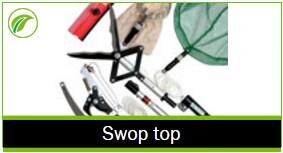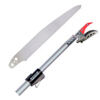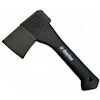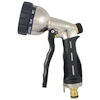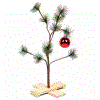
TREE PRUNING QUICK GUIDE
Pruning for Health - This involves removing diseased or insect-infested wood, thinning the crown to increase airflow which will reduce some pest problems, and removing crossing and rubbing branches. Pruning can best be used to encourage trees to develop a strong structure and reduce the likelihood of damage during severe weather. Removing broken or damaged limbs encourage wound closure.
Pruning for Safety - Remove branches that could fall and cause injury or property damage, trim branches that interfere with lines of sight on streets or driveways, and remove branches that grow into utility lines. Safety pruning can be largely avoided by carefully choosing species that will not grow beyond the space available to them, and have strength and form characteristics that are suited to the site.
Pruning for Aesthetics - Pruning can enhance the natural form and character of trees and stimulates flower production. Pruning for form can be especially important on open grown trees that do very little self-pruning.



